Swingbyte 2 Review
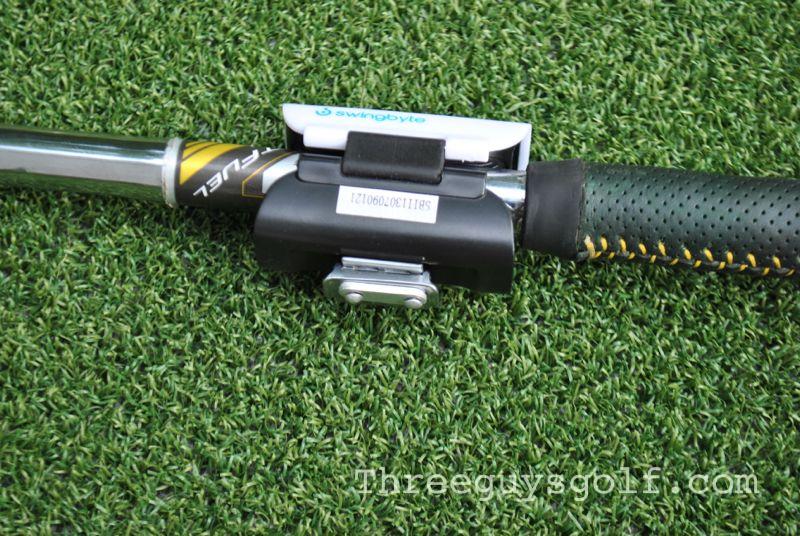
About five years ago I got a free pass for a GolfTec lesson which included getting hooked up to about 8 electrodes while being stared at by a wide-eyed kid (Note: that is NOT me in the picture). The idea is to provide you with a complete swing analysis then show you how to get it to look like a PGA Pro that you resemble (go figure that out . . .). Now, I am personally not a fan of GolfTec, but I was blown away by the graphics and tools that it provides. For the first time I could really see what my swing looked like. I could see my takeaway path and how the club was aligned at impact. The fact that they wanted to turn my swing into Ernie Els is another story.
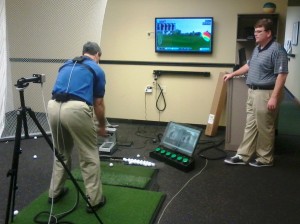
Ahh, this does not look promising…
Since that time, I have wished that there was an easier (and less expensive way) to get similar swing diagnosis. Fortunately, there is now a way, and it is called Swingbyte. This little contraption easily snaps onto any club and is then linked up to your phone or iPad via Bluetooth.
So while Swingbyte does not give you every data metric available, it does provide you with enough to better understand and work on your swing. For me, that primarily means swing path. Like a lot of amateurs, I struggle with an over the top swing. With the Swingbyte, I can get instant feedback on my swing path. Even better is that I don’t even have to hit a ball. That’s right, I can make swings on a mat or ground and get the same results.
Now, rather than heading out to the range, I can just step outside, lay my phone down next to me and take swings to hone my preferred swing path. Really, that is the key, being able to make a swing (or swing adjustment) and see what it really means.
Additionally, if you want to hit real balls or 1/2 distance balls into a net, you are able to get accurate data on club speed, face address, face path and club path. Basically everything you get when you hit ball in a simulator.
As I mentioned the Swingbyte attaches to the top of your golf club right below the grip. The clasp is easy to put on and take off, so switching between clubs is not an issue. While every so often the clasp comes off, for the most part you don’t have to mess with it.
In order to connect your device, you just have to get the Swingbyte app and then connect to it by choosing Bluetooth in your settings. This will work on both a phone and iPad. The phone is fine, but checking the graphics is far easier to see on a larger iPad. That way, you can just lay the iPad on the ground and glance down at it after every swing. Performance wise, the Bluetooth works pretty well. Some days it gives me a bit of trouble and I have to recalibrate it or restart it, but for the most part it stays connected.
If you want to further investigate a swing, you are able to choose from a number of vantages like overhead, behind and 360 degrees. I find the down the line view works the best. Additionally, the color of the path lines will indicate club speed at any given point so you can work toward having the most power at impact.
The other features I like to use is the history and “compare swings”. Each and every swing you make is logged into the system so you can view them on the web. This helps you to see progress in metrics like swing speed. You can then compare swings from different times so you can determine if the changes you are trying to make are actually sticking.
Another available function is the side by side video and swing analysis. Using your phone or iPad, you can video your swing and then watch it with the swing tracer to check your technique at any point. While this feature seems very useful, I never used it because I feel like I get the required feedback and swing information with just the lines drawn by the swing tracer. However, I could definitely see this being useful for a coach to use to help with teaching a student.
And don’t forget your putter. Swingbyte can also help with the flat stick. For the putter analysis, everything is the same but on a smaller scale. This way you can really see what type of putter you are (pendulum or arc). Plus, you can see if you are making square impact or if you have an open or closed putter face.
Swing training aides are a tricky business. I would bet most end up collecting dust after the new car smell has worn off. This is partly true with Swingbyte as I don’t want to take it out to the range every time. The good news for Swingbyte is that it is nearly as useful at home since you do not need to hit actual golf balls to get in some training time and analysis. In fact, I have taken 70% of my Swingbyte swings at home either with practice swings or golf balls into a net.
The final bit of good news is that Swingbyte is darn cheap for what you get. Similar aides like Trackman (albeit a lot more powerful) are thousands of dollars. Swingbyte is $169, giving you a lot of bang for the buck.
Golf is obviously a hard game and improving requires that you a least have a decent idea what you do and what your are trying to do. Without understanding your swing, you are kind of chasing ghosts. Swingbyte is a great tool to give you real data on how you swing the club. It will also allow you to experiment with your swing to see how the swing plane and club impact is affected in nearly real time. For me, it was a huge help in grooving a take away that got my club in a better position to fire down the line. Now, it is just a matter of coming back to it every so often to make sure I am still on track.
You can learn more on the Swingbyte website.


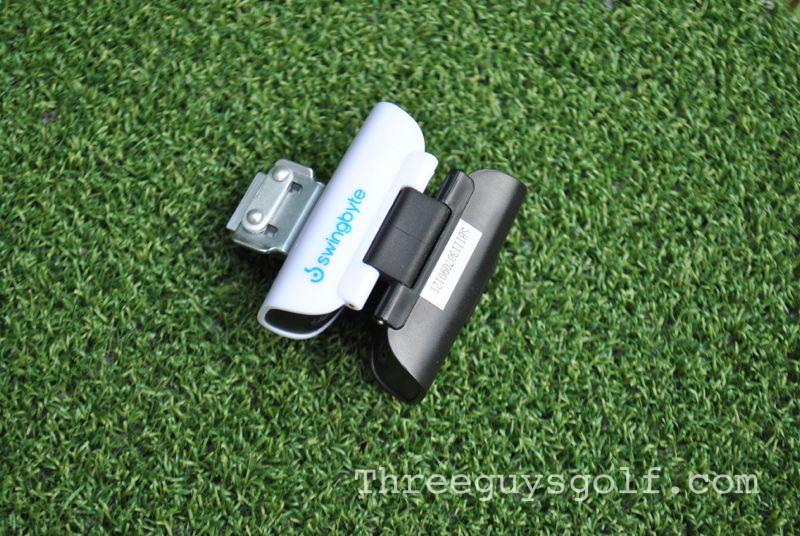
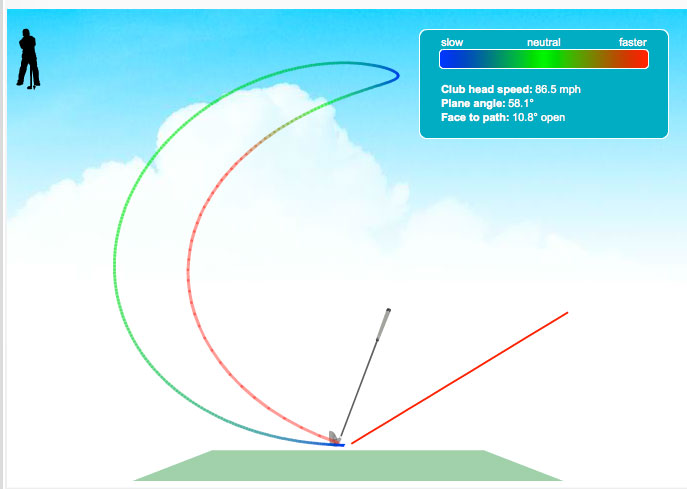
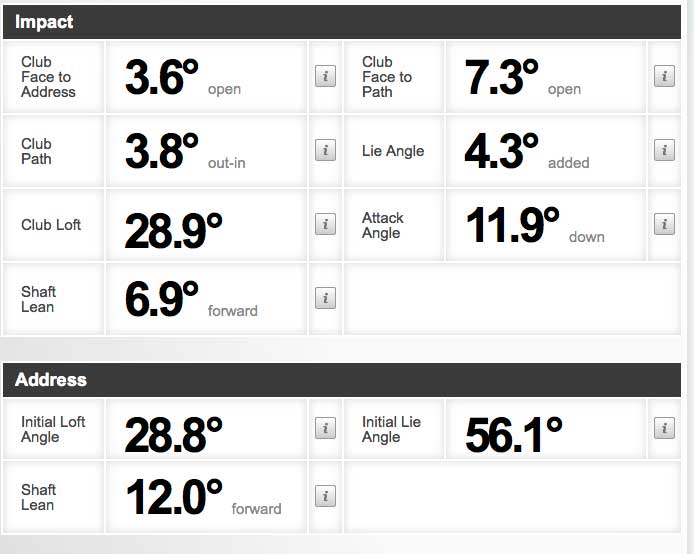

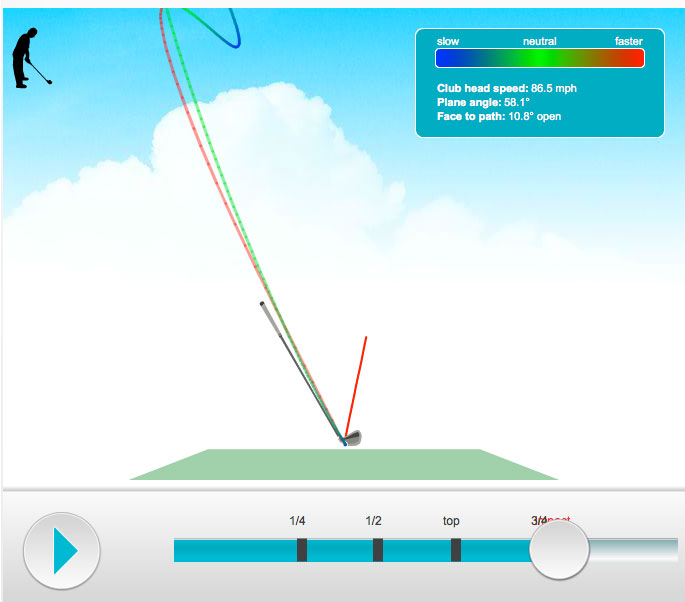
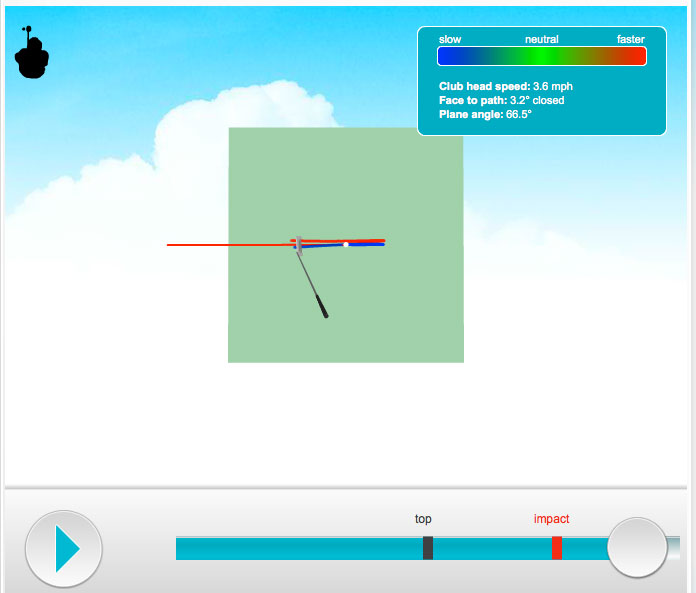
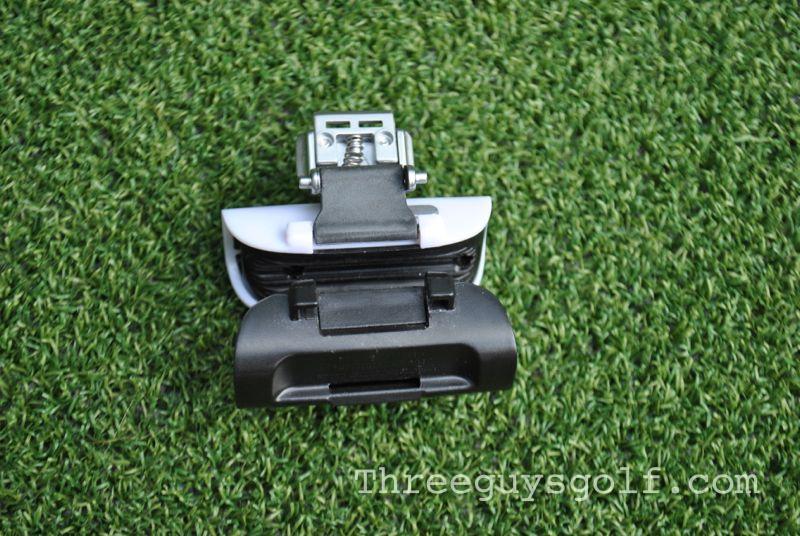

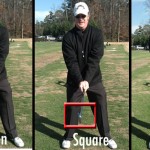
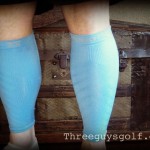
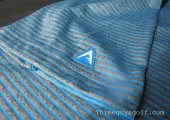
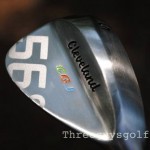
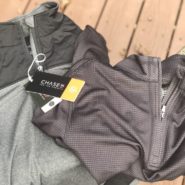
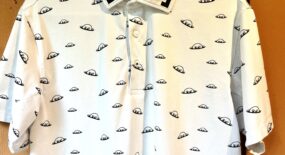

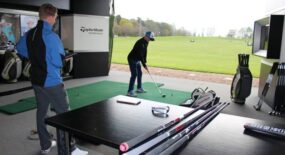
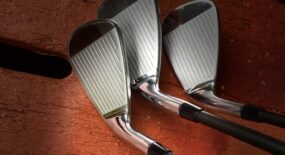

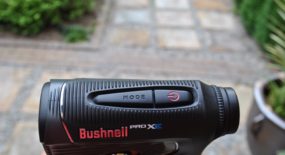


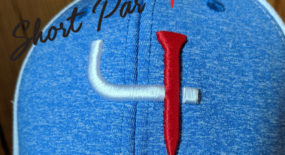

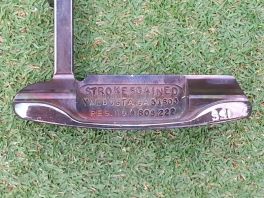
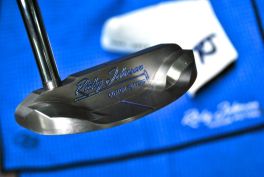
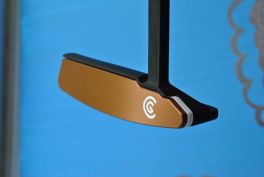
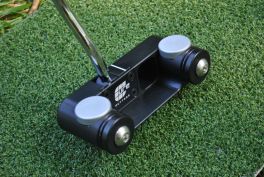

How does Swingbyte work with practice swings? My understanding is that it needs to make contact/impact with something to register a swing..
You do have to make contact but if you swing and use a matt or just the ground the contact is picked up. You do not have to hit an actual ball however.
How dose the Swingbyte compare with the 3Bays you have previously tested. Are there any advantages or disadvantages.
Thanks for the question Paul,
There is a lot of information both devices provide. I would look at both reviews (here is the link to the 3Bays write up http://bit.ly/1ombBVP) and see if what you’re looking to get out of a swing analysis device is there.
In my opinion the 3Bays is a more in depth swing analysis device that cover a broader area of analyzing your swing across all of your clubs.
The price point is quite different as well.
Thanks for your question,
Mathew
I’m surprised you do not care for GolfTec. Their camera based practice and launch monitor feedback has really helped me improve… Did you have a bad experience?
I was half way joking but I do think it is odd to try and make my swing like Ernie Els because the pro see some similarity. I am sure golftec works for some people but it was not for me. It was however eye opening to understand my swing path.
Adam,
I know 3Guys have done reviews on both the Swingbyte 2 and the 3 Bays swing analyzers. To your response above to Paul’s question …
It appears 3Guys likes the interactions with both devices, however, can you please comment on the accuracy of data returned from each device – perhaps as compared to Trackman, for example?
With both devices offering a very similar experience the data accuracy and reliability becomes a real issue in assessment … at least for me.
Sorry … perhaps that question should be directed to Mathew, or to both of you?
I think it depends on what you are using the device for. I really just use the Swingbyte for improving my swing plane and club speed. The 3bays is a much more robust product. Ernest Sports is another example (which I know Mathew really likes). One big advantage of the swing byte is cost but again, you need to decide what you want from the device. Are you using it for a hitting cage, range, fitting? I tend to think of the Swingbyte more as a training aid than a launch monitor like Ernest Sports.
Thank you for the quick response Adam!
I am primarily interested in a device to help me carve a more consistent swing path, swing bottom and a steeper attack angle … to help overcome my tendencies to pull the ball, fix my early release, and to develop better ball compression.
Thanks again.
Thanks Brent, I’ll try and help out where I can.
My major swing flaw is an over the top move with that being said you can pretty much guess my ball flight. It’s one thing to be told “You’re swinging over the top” by a coach, but it’s completely different to see the data that shows the cutting across swing that is created by coming over the top.
My progression to eliminate the flaw has been a lengthy one but it is getting better. I recently put the 3Bays back on a club and wanted to see if the work I have been putting in showed on their data because it certainly has shown in my ball striking of late.
Sure enough my swing is much more on plane and the over the top move (although not completely gone) is drastically less of an issue. The data from the 3Bays device backed that up.
Going from a flawed swing to a much more playable and on plane swing was a great way for me to see how accurate the 3Bays device really was. I never wanted to believe I was that off plane but the data didn’t lie.
As far as comparable to a Trackman I can’t add any insight there. I haven’t had an opportunity to swing using a Trackman and any of the training aids at the same time.
Hope that helps.
Thank you Mathew.
PS. Any experience with the Zepp GolfSense device? My local Dick’s Sporting Goods store has these and the 3 Bays units.
Thank you guys!